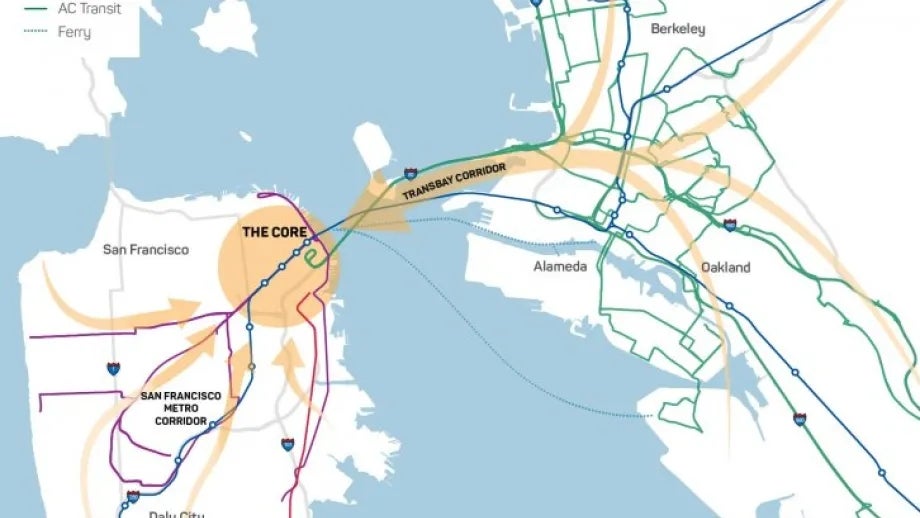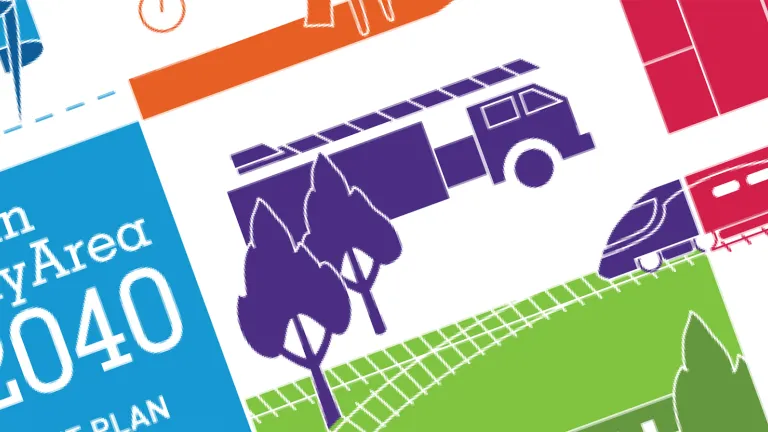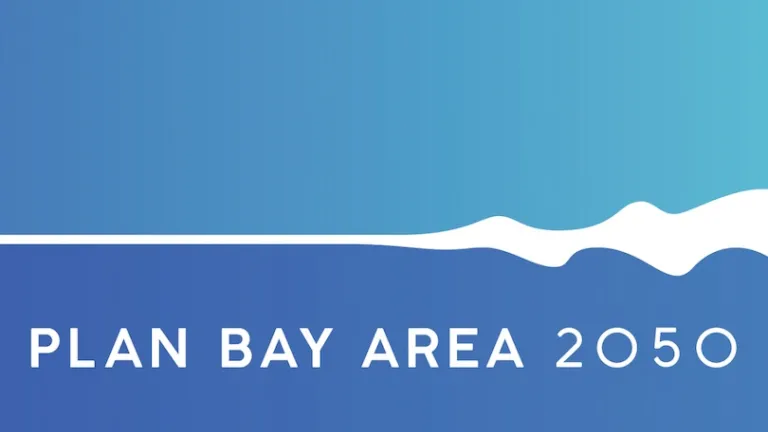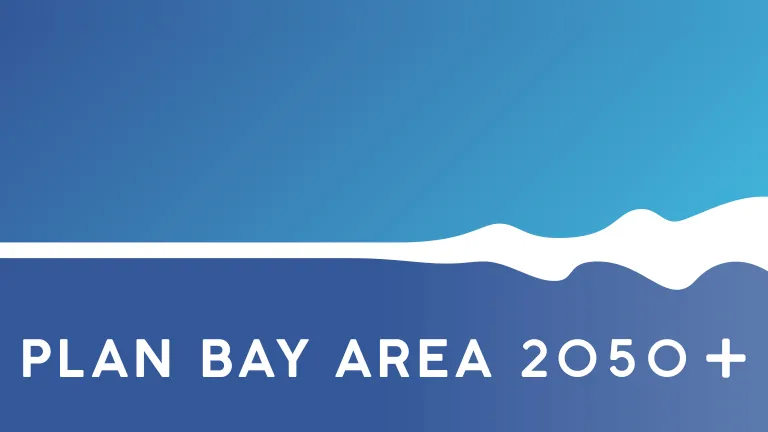Core Capacity Transit Study (CCTS)
The 2017 Bay Area Core Capacity Transit Study (CCTS) was a collaborative effort to identify and prioritize investments to improve public transportation to and from the core of San Francisco.
Every day, transit operators move hundreds of thousands of people in and out of the downtown core of San Francisco. The Bay Area region is growing, and an effective transit system must grow with it.
The Core Capacity Transit Study (CCTS), released in 2017, was the first major study to bring Bay Area transit operators together to look at transportation solutions for the core of San Francisco.
Areas of Focus
The CCTS study area included two primary transit corridors: the Transbay Corridor and the San Francisco Metro Corridor.
- Transbay Corridor: The Transbay Corridor focused on investments to transport commuters on BART, AC Transit and WETA from the East Bay, and it explored potential new connections across the Bay.
- The San Francisco Metro Corridor: The San Francisco Metro Corridor focused on Muni’s light rail and bus network, Caltrain’s peninsula service to San Francisco, and BART service through the southern neighborhoods of San Francisco.
Staff Contact
Matt Maloney, Regional Planning Program
Phone: 415-778-5220
Email: mmaloney@bayareametro.gov
Conceived as the “Grand Central Terminal” of the West, the Salesforce Transbay Transit Center is the primary bus terminal and potential future central rail terminal for the San Francisco Bay Area.
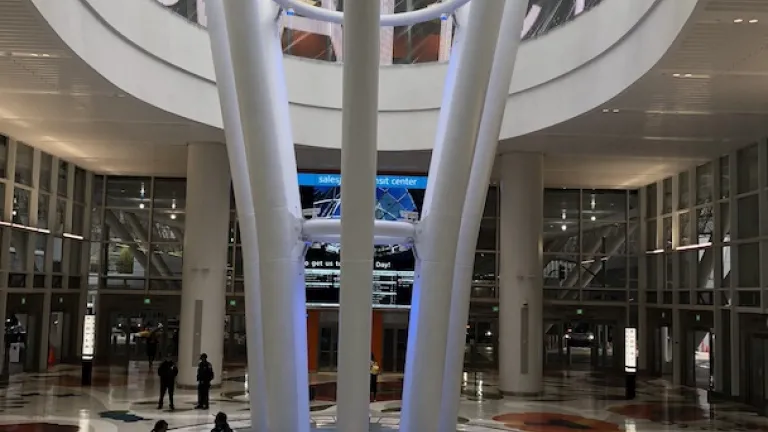
The CCTS was established through commitments by seven Bay Area agencies, and is also supported by a U.S. Department of Transportation TIGER grant.
The seven partner agencies are:
- Lead agency: MTC
- Transit operators: San Francisco Municipal Transportation Agency (SFMTA), Bay Area Rapid Transit (BART), Alameda-Contra Costa Transit (AC Transit), the Water Emergency Transportation Authority (WETA), and Caltrain
- Funding and planning partner: San Francisco County Transportation Authority (SFCTA)
Each of these operators had worked independently on various improvements, but committed to identifying investments and improvements in the collaborative Core Capacity Transit Study effort.
Over the course of the study, the Core Capacity team has shared presentations and documents:
Summary Materials:
- Briefing Book: A detailed description of the key trends and challenges facing the system
- Project Synopsis: A concise summary of trends and challenges
- Fact Sheet: An overview of the study’s purpose, sponsors, and schedule
- List of Prerequisite Projects
Transbay:
- Transbay Problem Statement: A synthesis of the trends and challenges that the study aims to address in the transbay corridor
- Transbay Capacity and Demand Summary: A detailed review of ridership trends and a description of methodologies used to forecast future demand in the corridor and categorize planned capacity-increasing projects (“prerequisites”)
- Initial Engineering Study Memo and Appendix: Initial review of potential transbay crossing landing locations and review of potential tunneling techniques and technologies
San Francisco Metro:
- San Francisco Metro Problem Statement: A synthesis of the trends and challenges that the study aims to address in the SF Metro corridor
- San Francisco Metro Capacity and Demand Summary: A detailed review of ridership trends and a description of methodologies used to forecast future demand in the five San Francisco Metro sub-corridors and categorize planned capacity-increasing projects (“prerequisites”)
Market Assessments:
- Oakland Market Assessment: An analysis of real estate market conditions, trends, and development capacity in central Oakland
- San Francisco Market Assessment: An analysis of real estate market conditions, trends, and development capacity in the San Francisco Core.

